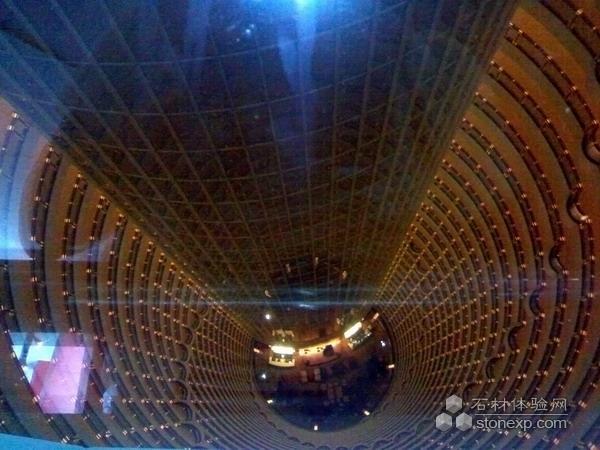The Oriental Pearl Tower In China
|
The Oriental Pearl Tower ( pinyin: Dōngfāng Míngzhūtǎ, ) is a TV tower in Shanghai, China. The Oriental Pearl Tower is located at the tip of Lujiazui in the Pudong district, by the side of Huangpu River, opposite of The Bund. Construction began in 1990 and the tower was completed in 1994. At 468 m (1,535 feet) high, it was the tallest structure in China from 1994–2007, when it was surpassed by the Shanghai World Financial Center. The Oriental Pearl Tower belongs to the World Federation of Great Towers. The tower features 11 spheres, big and small. The two biggest spheres, along the length of the tower, have diameters of 50 m (164 ft) for the lower and 45 m (148 ft) for the upper. They are linked by three columns, each 9 m (30 ft) in diameter. The highest sphere is 14 m (46 ft) in diameter.The entire building is supported by three enormous columns that start underground. An antenna, broadcasting TV and radio programs, extends the construction by another 118 m (387 ft) to a total height of 468 metres (1,535 ft). The design of the building is said to be based on a verse of the Tang Dynasty poem Pipa Song by Bai Juyi about the wonderful sprinkling sound of a pipa instrument, like pearls, big and small falling on a jade plate (dà zhū xiǎo zhū luò yù pán). However, the designer Jiang Huancheng says that he did not have the poem in mind when designing the tower. It was the chief of the jury board who said it reminded him of that poem.[2] Some architects compare the structural design to a bacteriophage virus.
|





